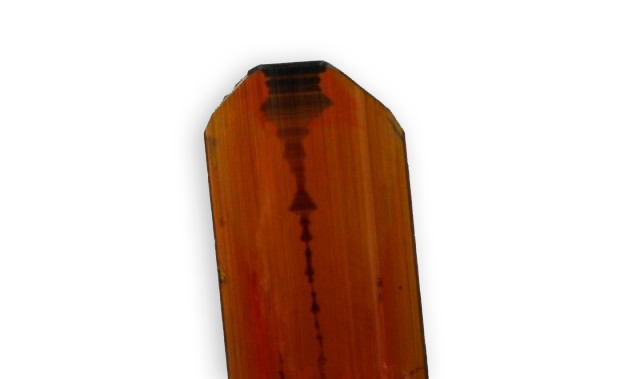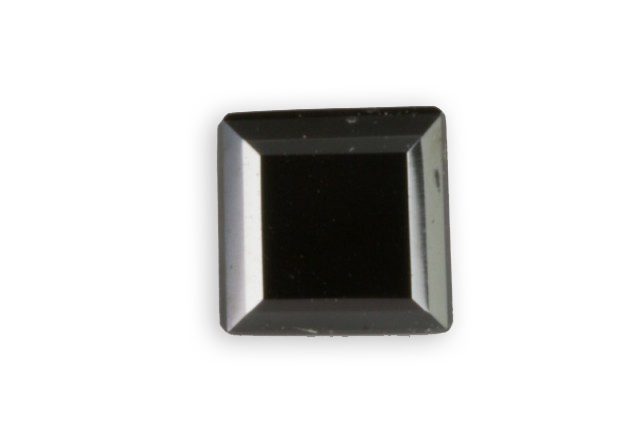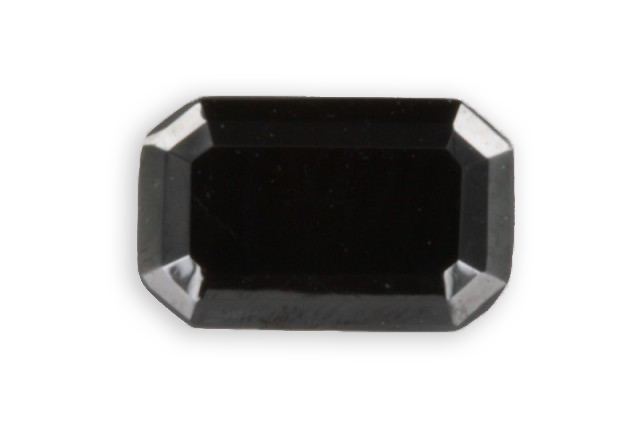
oxides
Je vous emmène à travers mes vidéos découvrir mon expérience acquise depuis plus de 30 ans a silloner le globe entier à la recherche de pierres précieuses, de rencontre mémorables mais aussi de difficulté parfois …
actualités
Categories

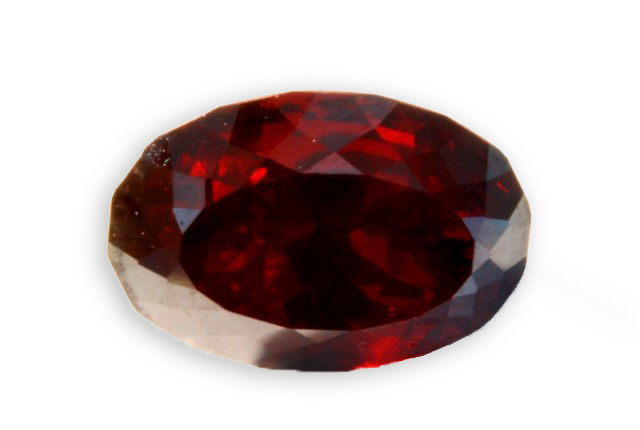
cuprite
Its name comes from the Latin “Cuprum” which means copper, it was discovered by von Haidinger in 1845. The chaloctrichite is a form that looks like thin hair hence the name derived from Greek (copper hair). There are massive varieties mixed with chrysocolla and tenorite
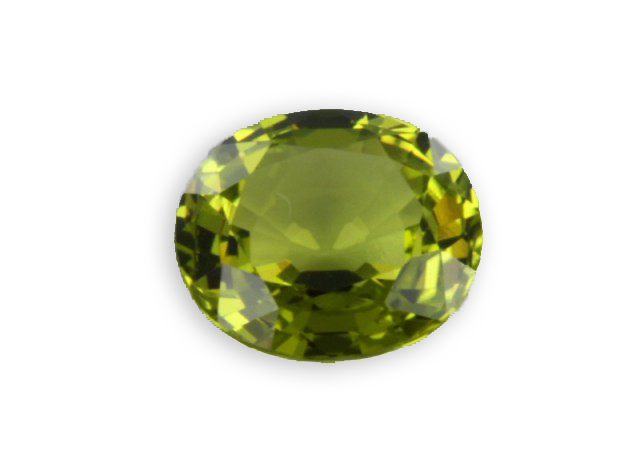
chrysoberyl
Known since antiquity as a “golden beryl”, its name derived from the Greek “khrusos” for gold. Two popular varieties are appreciated gems: the golden yellow variety and the red / green which is called alexandrite. Most chrysoberyls are golden – yellow to brown – green
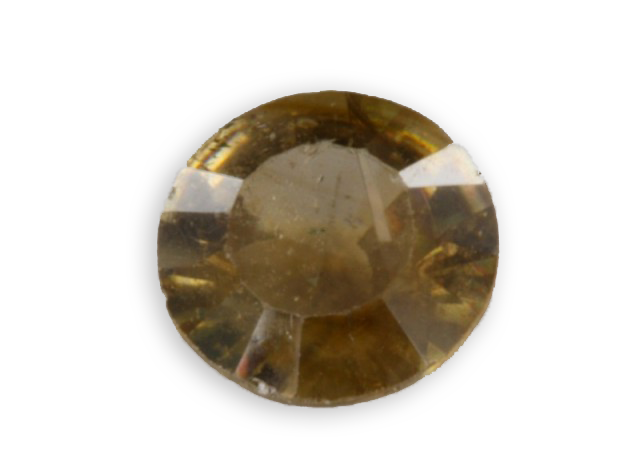
cassiterite
Its name comes from the Greek “kassiterôs”, tin, or the name of the islands “Cassiterides” that produced this tin ore in antiquity, very likely islands very close to present-day Spain that would have given their name to this tin mineral, cassiterite. It is the principal
